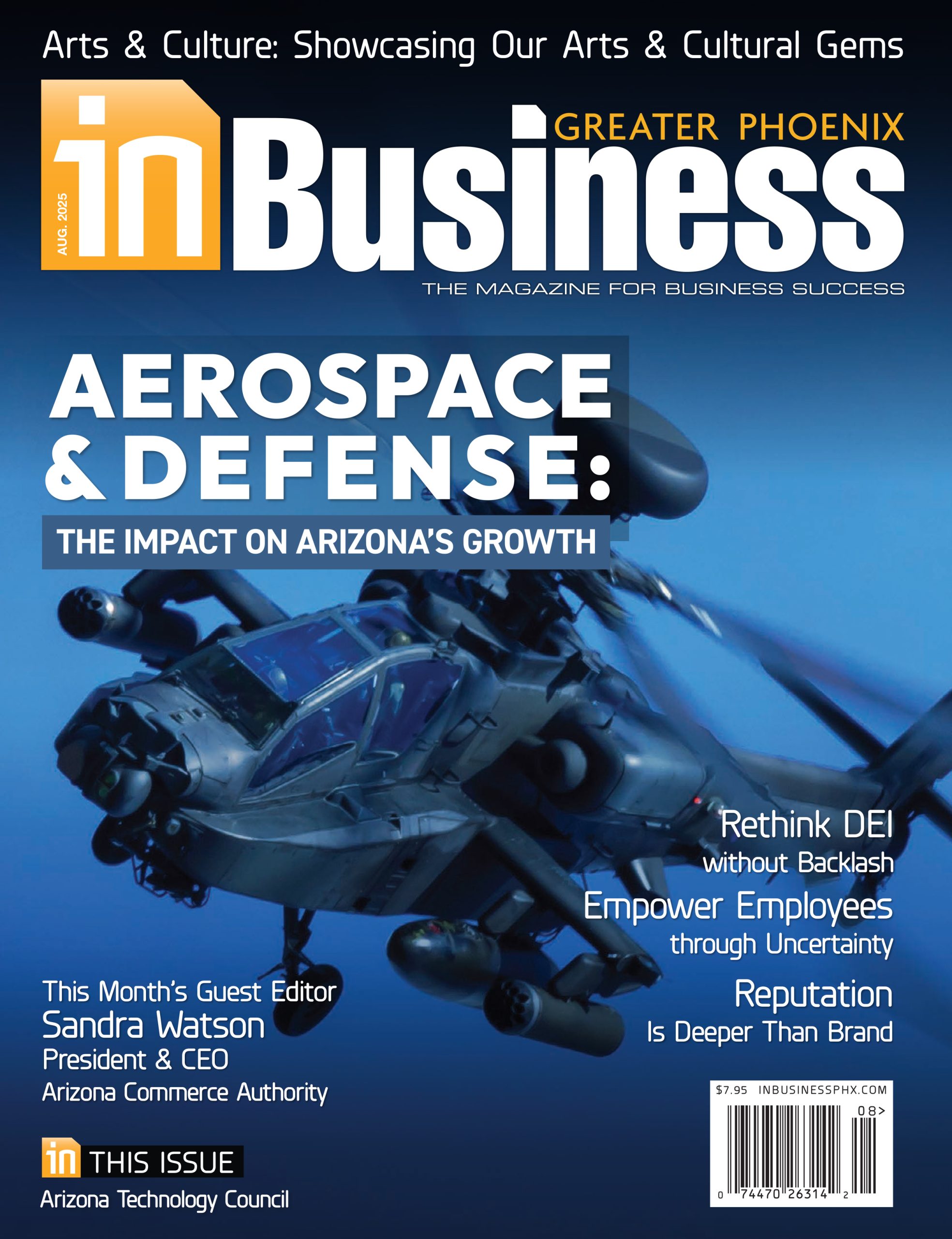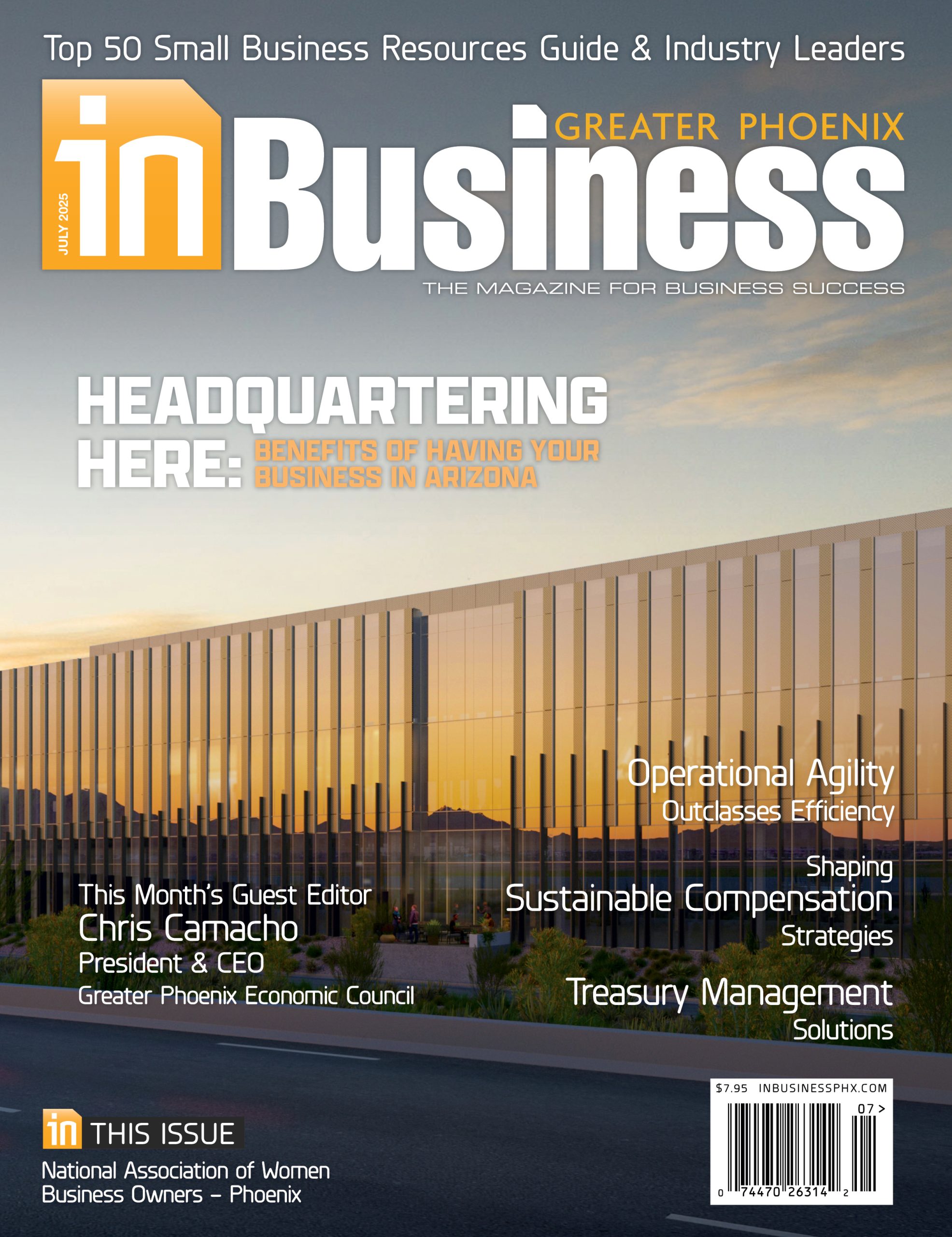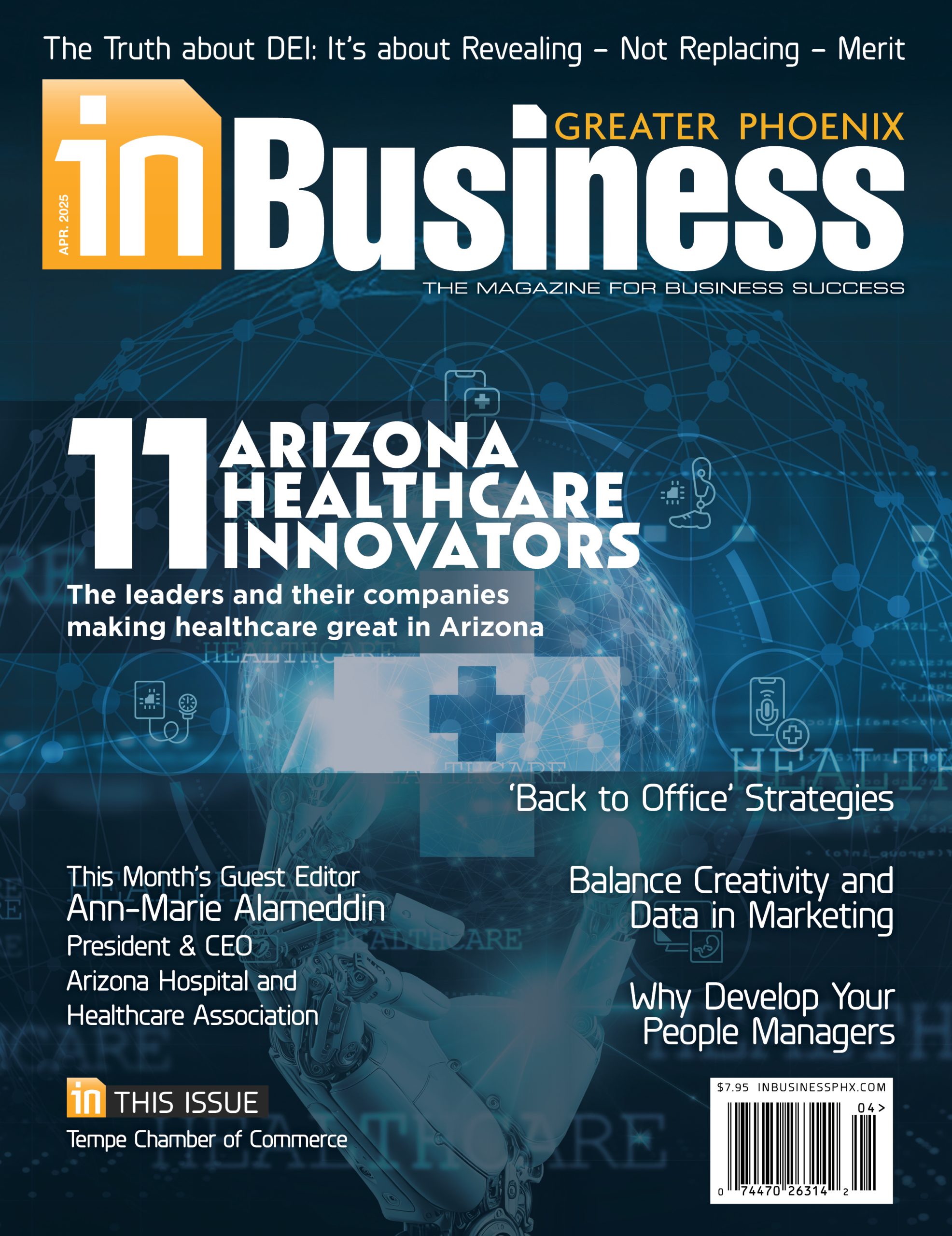 Expectations were high when Lip-Bu Tan stepped on stage at Intel Vision 2025. The semiconductor giant has fallen from grace, ceding technological leadership to global competitors and watching its foundry business hemorrhage money. But Tan, Intel’s new CEO and a well-known figure in venture capital and design automation, didn’t shy away from the company’s shortcomings. Instead, he leaned in.
Expectations were high when Lip-Bu Tan stepped on stage at Intel Vision 2025. The semiconductor giant has fallen from grace, ceding technological leadership to global competitors and watching its foundry business hemorrhage money. But Tan, Intel’s new CEO and a well-known figure in venture capital and design automation, didn’t shy away from the company’s shortcomings. Instead, he leaned in.
He emphasized the need to return to a startup mentality, with an engineering-first mindset supported by customer trust and transparent feedback.
This wasn’t just corporate-speak. Tan’s track record — investments in Amazon’s Annapurna Labs, Qualcomm’s Nuvia, and a transformative run at Cadence Design Systems — tells a story of someone who understands how to rebuild from within. His mission now? Restore Intel’s relevance at the leading edge of chipmaking, not just for itself but for the entire U.S. technology ecosystem.
That’s a tall order. But it’s one with ripple effects well beyond Silicon Valley — including here in Arizona.
The spotlight on Intel’s 18A process technology — its most advanced yet — served as the showpiece of Tan’s keynote. With “risk production” now underway, the company is signaling confidence in its ability to deliver performance-per-watt improvements that rival or surpass TSMC’s 2nm process. It couldn’t come at a more critical moment.
The U.S. has poured billions into semiconductor independence through the CHIPS and Science Act, hoping to shore up national security and stabilize supply chains. Yet Intel’s foundry unit has continued to lose money, prompting reports that the government encouraged TSMC — the Taiwanese manufacturing powerhouse — to step in. A potential joint venture between the two, still in early discussions, could reshape the competitive landscape.
But here’s the question for Arizona: if Intel regains its footing, where will that momentum land?
Arizona has already established itself as a semiconductor super hub, home to massive investments by TSMC, Intel and an expanding network of suppliers, toolmakers and workforce pipelines. With Tan’s push for streamlined operations and tighter customer integration, if Intel can succeed in making its 18A process both competitive and available to external customers, it would mark a turning point — not only for the company but for U.S.-based advanced manufacturing. Arizona’s influence within the U.S. semiconductor industry would undoubtedly grow.
Tan’s plan diverges from past playbooks in one important way: He’s betting on culture before capital.
He’s called for a reduction in bureaucracy and an increase in engineering autonomy. He’s asking customers for brutally honest feedback, not staged testimonials. He’s also hinted at shedding non-core business units to stay focused on what Intel does best.
Alongside product executives like Michelle Johnston Holthaus and Jim Johnson — both praised for their pragmatic execution — Tan is pushing Intel to design with purpose, not just power. That includes upcoming platforms like Panther Lake and Lunar Lake, designed with AI-native compute in mind. Gaudi 3 is Intel’s newest AI accelerator, and it is starting to draw attention. Because it offers a more cost-effective and flexible option than many of the closed systems on the market, not just because it’s the flashiest piece of tech, these developments reflect a shift in thinking that prioritizes practical solutions over theoretical benchmarks.
Despite the applause in the room, the market response to Intel Vision 2025 has been cautious. Investors have heard ambitious plans before. What matters now, especially to policymakers, is whether Intel can deliver. Panther Lake and the 18A process aren’t just product launches but litmus tests. If they hit the mark, they’ll help reestablish Intel’s role in the global chip race.
Arizona business leaders, too, have a stake in that outcome. Intel’s future direction could influence supplier contracts, talent demand, regional investment and the trajectory of AI innovation in the Southwest.
Tan didn’t promise a miracle. He offered a roadmap grounded in humility, focused on what made Intel matter in the first place: bold engineering, responsive leadership and a willingness to listen.
For Arizona, that could mean another chapter in its already vital role in semiconductor manufacturing. Or it could mean watching a once-dominant player fade further behind.
All eyes are on whether Intel can deliver not just for itself but for a country betting big on bringing chips home.












